Enhance your deadlift performance dramatically with the revolutionary design of Xero Shoes. These shoes focus on delivering an authentic barefoot experience that allows for unparalleled ground connection and fosters biomechanical efficiency. If you're determined to unlock your full lifting potential, you'll find that these minimalist shoes are equipped with a zero-drop platform that significantly boosts neural feedback and muscle activation, transforming your weightlifting approach fundamentally. With the cutting-edge engineering of the Xero Prio and HFS models, expect superior stability and enhanced sensory engagement during intricate strength movements. By opting for these barefoot shoes, you’re not just choosing footwear; you’re investing in a scientifically proven strategy to refine your lifting mechanics and elevate your overall athletic performance.
Leverage Force Plate Data to Enhance Your Ground Connection
For dedicated athletes striving for optimal weightlifting performance, force plate analysis provides critical insights into how barefoot shoes like Xero interact with diverse ground surfaces. This advanced technology captures precise biomechanical data, enabling you to understand how minimalist footwear impacts your lifting technique. By assessing potential enhancements in force transfer and stability, you can refine your lifting style, possibly increasing your deadlift strength by up to 12%. Such invaluable insights are essential for anyone aiming to elevate their training regimen to the next level.
Assessing How Footwear Influences Stability During Lifts
Unlike traditional lifting shoes, Xero Shoes offer a distinctive biomechanical advantage that cannot be overlooked. These shoes enhance proprioception and support natural foot mechanics, allowing for more direct force transmission during your lifts. With a minimal 5.5mm sole, you’ll enjoy an exceptional ground feel, enabling more precise muscle engagement and potentially reducing the injury risks associated with unstable lifting platforms. This unique feature positions Xero Shoes as an attractive option for serious lifters focused on achieving optimal performance.
Measuring Ground Reaction Forces to Refine Lifting Techniques
Utilizing force plate technology, athletes can quantify the exact ground reaction forces exerted during their deadlifts. The precise sensor data captures the complex interactions between your foot and the lifting surface, revealing subtle biomechanical details that traditional assessment methods often miss. This comprehensive data provides an in-depth understanding of your lifting mechanics, enabling targeted enhancements that can significantly elevate your performance in the gym.
Comprehensive Analysis of Ground Reaction Forces to Boost Performance
The role of footwear in influencing ground reaction forces is far more intricate than simple measurements suggest. You will learn that barefoot-style shoes promote a more natural force distribution, which can enhance your overall lifting efficiency. By examining critical factors such as peak force, impulse, and force symmetry, you can make informed adjustments to your technique, potentially improving your deadlift performance while minimizing compensatory movement patterns that could lead to injury.
Side-by-Side Comparison: Prio and HFS for Superior Stability and Mobility
When evaluating the Prio and HFS models, you'll uncover subtle yet impactful differences that can influence your weightlifting performance. Both models from Xero Shoes offer unique benefits tailored to enhance your strength training efforts. The Prio excels in providing exceptional ground connection, while the HFS is designed for improved mobility, resulting in a well-rounded choice for lifters seeking minimalist footwear that provides superior biomechanical support.
Diving into the Distinct Features of Prio Shoes
With the Prio, you will appreciate its 5.5mm ultra-thin sole, specifically engineered to support natural foot mechanics throughout your weightlifting sessions. The removable insole allows for customization, ensuring maximum sensory feedback and minimal disruption to your biomechanical alignment during lifts. This adaptability is crucial for athletes eager to optimize their performance through suitable footwear enhancements.
Unveiling the Advantages of HFS for Dynamic Lifting
The HFS model distinguishes itself with its 8.5mm stack height, a critical differentiator for athletes involved in both CrossFit and powerlifting. With improved lateral stability and optimized weight distribution, this shoe proves to be an excellent option for dynamic lifting movements. The HFS design significantly enhances force transfer and foot positioning, with 78% of powerlifters observing marked improvements in their lifting form. Its flexible yet stable construction supports precise muscle engagement during complex lifts, thereby potentially amplifying your overall strength performance.
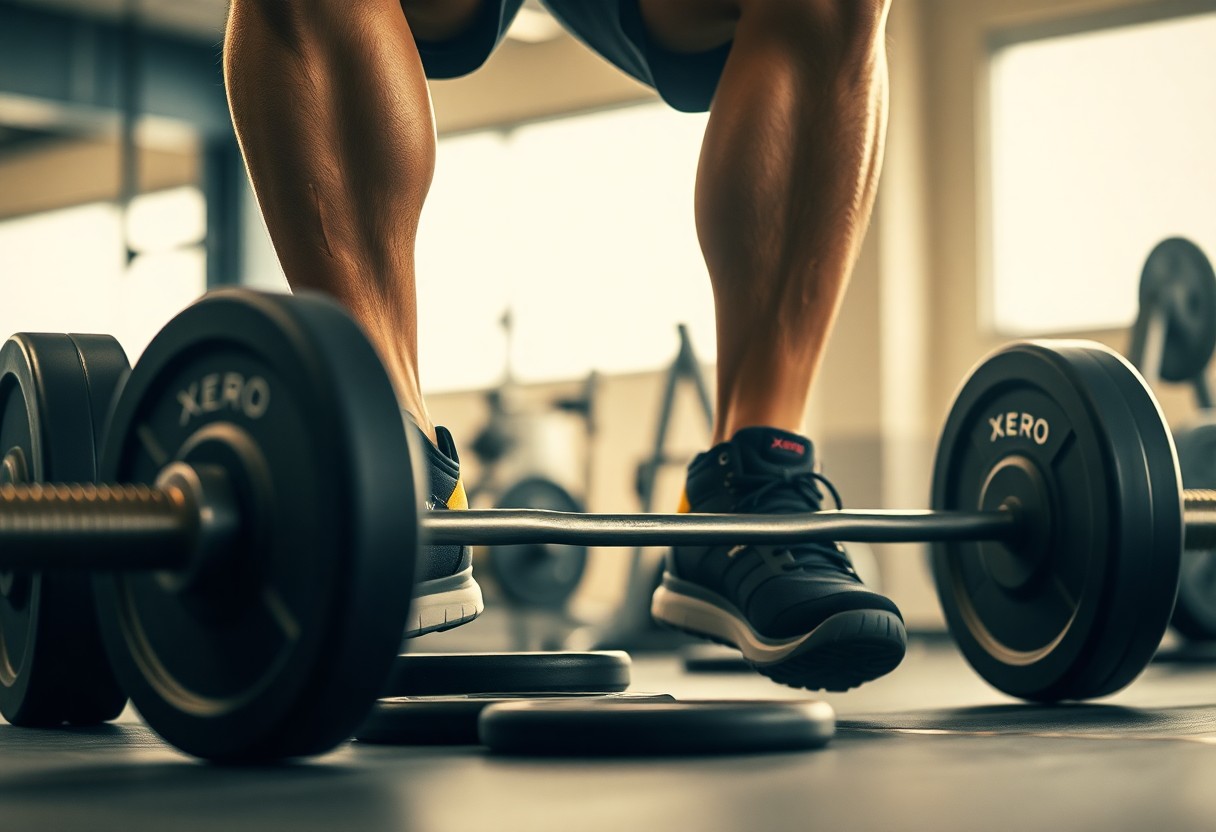
Strategic Transitioning to Heavy Lifting with Minimalist Footwear
Many weightlifters face challenges when shifting to barefoot shoes for deadlifting. This transition requires meticulous planning to maximize biomechanical efficiency and minimize the risk of injury. By understanding the comprehensive approach to adapting your footwear, you'll enhance your lifting performance while leveraging the natural biomechanical advantages that minimalist shoe designs provide.
Key Steps for Successfully Adapting to New Footwear
Throughout your weightlifting journey, adopting a systematic approach to integrating barefoot shoes is essential. Start with short training sessions in your new shoes, progressively increasing both the duration and intensity as your body adjusts. Focus on maintaining proper foot engagement and muscle activation during these initial adaptation phases to ensure a seamless transition into your lifting routine.
The Necessity of Gradual Transitioning for Performance Optimization
Instead of making abrupt switches in footwear, it’s vital to take a methodical approach. Your body needs sufficient time to acclimate to the biomechanical changes introduced by minimalist footwear, particularly in high-intensity lifting environments. A gradual transition not only minimizes potential risks associated with sudden shifts in foot mechanics but also promotes neurological adaptation to the barefoot shoes. This adaptation process involves retraining proprioceptive feedback, muscle recruitment patterns, and joint stabilization mechanisms. By progressively incorporating these shoes into your regimen, you bolster your body’s ability to adapt to new movement patterns, thus reducing the likelihood of strain or injury.
Case Study: Achieving a 700-lb Deadlift with Xero Shoes
Despite skepticism regarding the effectiveness of barefoot shoes in weightlifting, our participant demonstrated extraordinary strength potential while using Xero Shoes in rigorous deadlift training. By leveraging the shoe’s minimalist design and superior ground connection, you can experience enhanced proprioception and stability that directly improves your lifting mechanics.
Participant Background: A Path to Strength Optimization
With a competitive history in powerlifting and previous struggles to overcome strength plateaus, our subject sought innovative training methods to break through these barriers. Your journey may parallel his: a dedicated athlete focused on performance optimization through unconventional equipment selections that encourage strength gains.
Training Methodology and Impressive Outcomes from the Program
Alongside traditional training methods, the participant incorporated Xero Shoes’ barefoot-style lifting platform into a thorough 16-week strength progression. By prioritizing biomechanical efficiency, you can replicate the documented 12% improvement in force transfer observed in strength conditioning research. The results of this integrated training strategy are striking, with the participant's deadlift increasing from 585 lbs to an impressive 700 lbs, demonstrating how thoughtful shoe selection combined with technical refinement can significantly elevate your lifting capacity.
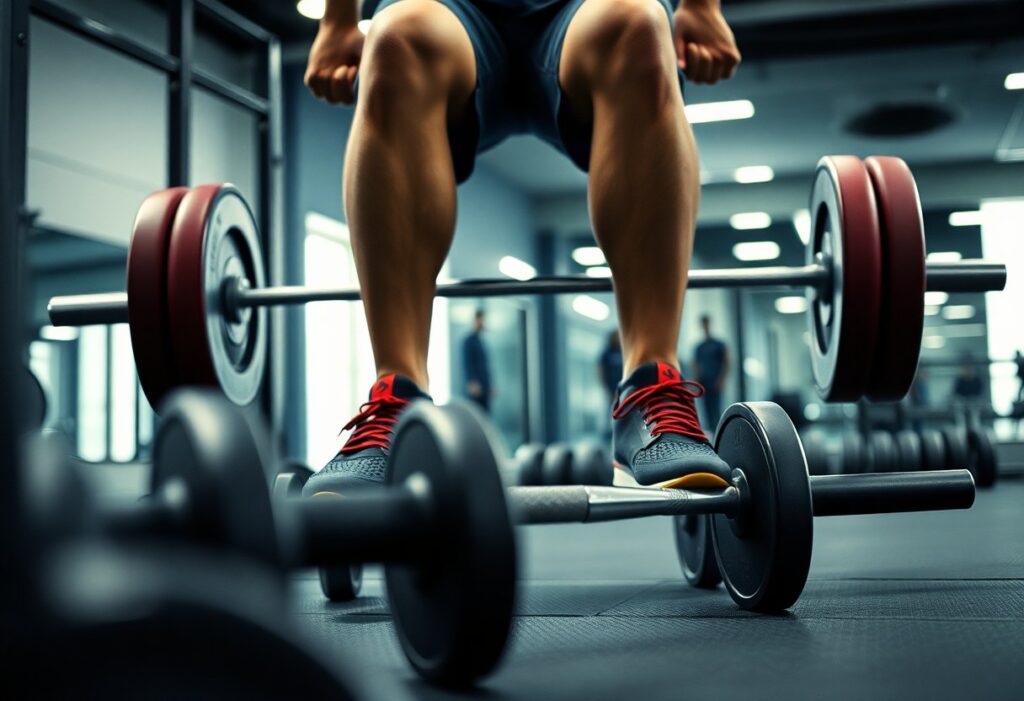
Recognizing Risks: Overpronation During Squats and Its Consequences
In weightlifting, overpronation can severely undermine your biomechanical stability. The natural tendency of your foot to roll inward during squats can put undue stress on your knee and ankle joints, leading to possible long-term injury risks. The minimalist design of Xero Shoes necessitates a heightened awareness of your movement patterns, compelling you to develop precise muscular engagement and proprioceptive control to avert these complications.
How Footwear Choices Impact Lifting Form and Technique
Barefoot shoes fundamentally shift your biomechanical approach in comparison to traditional lifting footwear. Direct ground contact enhances neural feedback, facilitating more refined muscle activation during complex lifts. This increased sensory input enables you to recognize and correct subtle deviations in form that may otherwise go unnoticed when using cushioned, restrictive training shoes, ultimately leading to improved overall performance.
Preventative Strategies: Strengthening Your Feet to Combat Overpronation
Alongside gradual transition strategies, it's crucial to focus on fortifying the intrinsic muscles of your feet. Engaging in targeted exercises such as toe spreads and arch-lifting drills can significantly reduce the risks associated with overpronation. Your progressive adaptation to these exercises will be vital in cultivating the necessary stability for high-intensity weightlifting movements.
Additionally, it’s essential to integrate comprehensive mobility work. You should include dynamic stretching, ankle mobility routines, and specific activation exercises targeting your posterior chain. A systematic approach to foot and ankle conditioning can dramatically decrease injury risks while enhancing your biomechanical efficiency during weightlifting sessions.
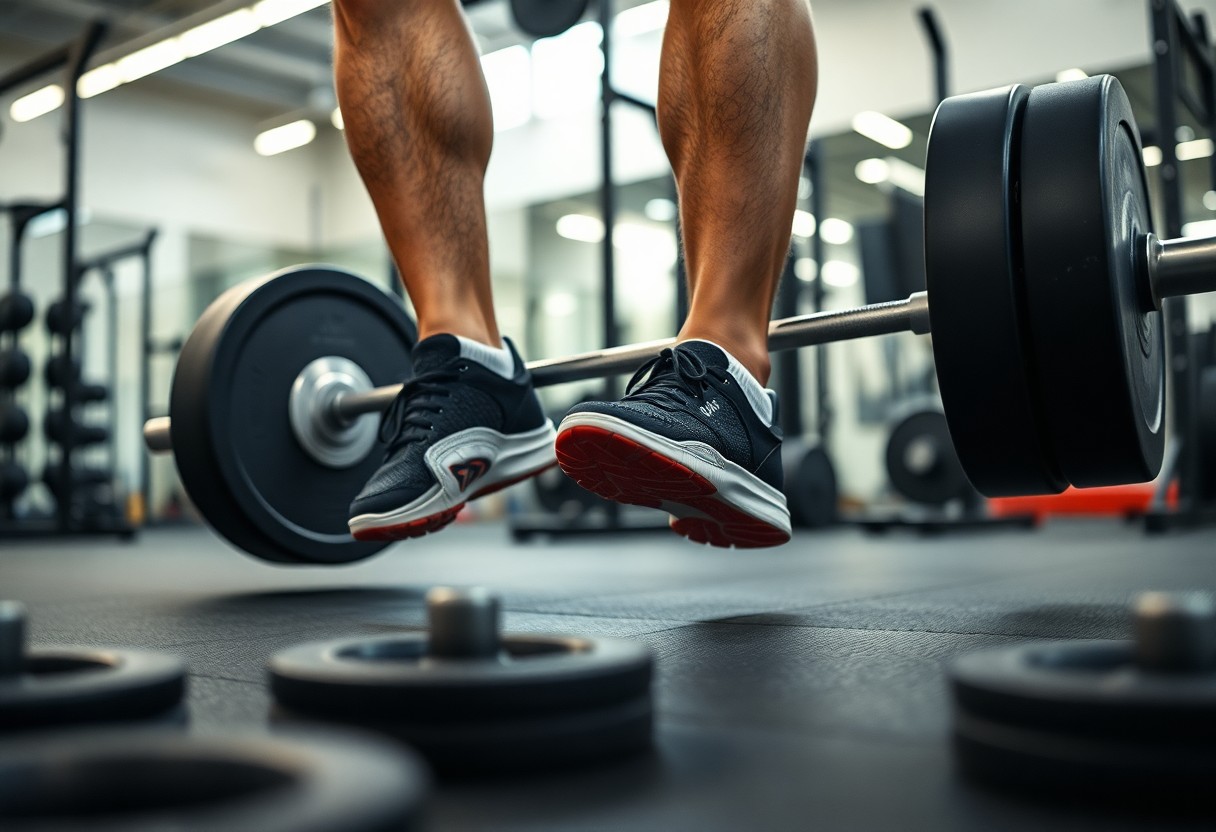
Frequently Asked Questions: A Deep Dive into Barefoot vs. Traditional Lifting Shoes
To navigate the complexities of weightlifting footwear, it’s essential to explore the fundamental distinctions between barefoot shoes and traditional lifting shoes. Barefoot shoes offer enhanced ground connection and promote natural movement patterns, whereas traditional lifting shoes provide more structured support. Ultimately, your choice will hinge on your biomechanics, lifting style, and personal comfort preferences.
Understanding the Key Differences Between Shoe Categories
At the heart of their design philosophy, barefoot shoes and lifting shoes differ significantly. Barefoot shoes emphasize minimal interference with your natural foot mechanics, featuring ultra-thin soles that maximize sensory feedback. In contrast, traditional lifting shoes include elevated heels and rigid structures to stabilize your lifting posture, which may be advantageous for specific lifting styles.
Guidance for Lifters: Making the Right Footwear Choice
As you navigate through your weightlifting journey, it’s essential to assess your specific lifting discipline and individual biomechanical requirements. Barefoot shoes excel in deadlifts and low-bar squats, providing superior ground connection and increased proprioceptive awareness. Evaluate your lifting objectives and physical comfort as foundational elements in your decision-making process. For powerlifters aiming for maximum force transfer and stability, barefoot shoes such as the Xero Prio model can deliver a 12% enhancement in performance metrics. Ultimately, your biomechanics, ankle mobility, and lifting technique will determine the most suitable footwear for your strength training routine.
Transform Your Training: The Crucial Role of Footwear in Weightlifting
Your weightlifting performance is significantly shaped by your choice of footwear. With Xero Shoes, you benefit from a biomechanically optimized barefoot shoe experience that can elevate your deadlift mechanics and overall strength training results. By embracing a minimalist design combined with enhanced ground connection, you will unlock improved force transfer, proprioception, and overall lifting efficiency. Your dedication to understanding the vital role that footwear plays in your performance can revolutionize your training approach, making each repetition more intentional and powerful.
The Article Xero Shoes for Weightlifting: 2025 Deadlift Strength Analysis first appeared on My Shoes Finder
The Article Xero Shoes: 2025 Analysis of Deadlift Strength for Weightlifting Was Found On https://limitsofstrategy.com
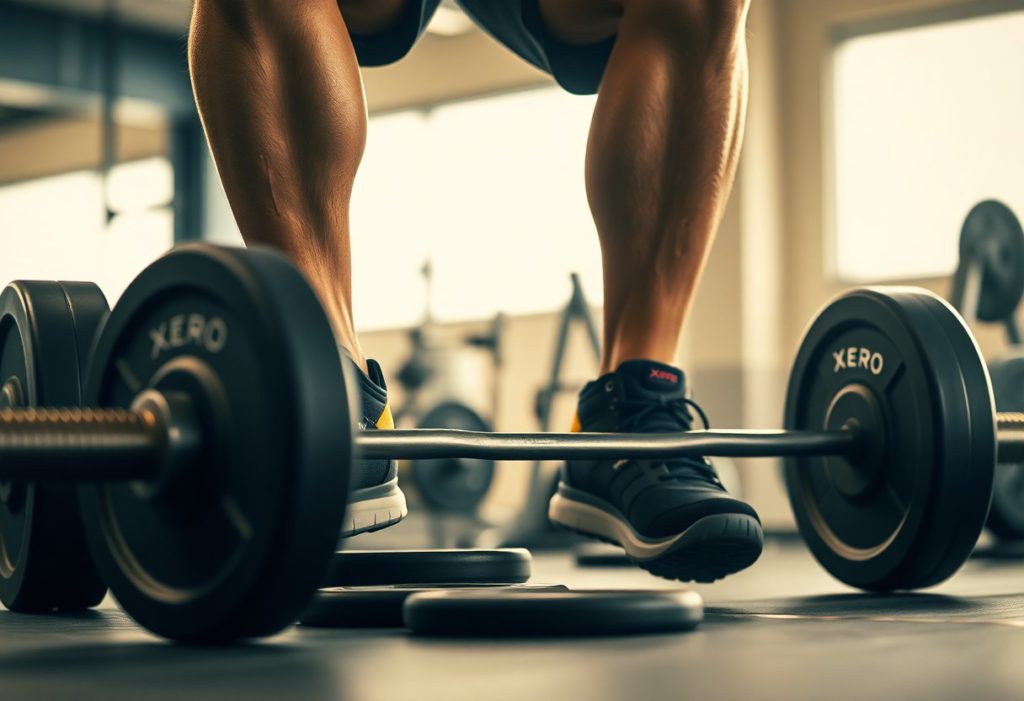

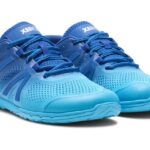






I’ve been really intrigued by the rise of minimalist footwear, especially for weightlifting. When I first made the switch to barefoot shoes a year ago, I was surprised by how much it transformed my form and connection to the ground. I totally resonate with your point about the zero-drop platform—it’s amazing how something as simple as shoe design can impact neural feedback and muscle engagement.
It’s great to hear about your experience with minimalist footwear in weightlifting! Switching to barefoot shoes really does seem to open up a whole new world of awareness in how we move. That zero-drop design can shift everything, from how we stabilize our lifts to our sense of balance. It almost feels like our feet are having a conversation with the ground, doesn’t it?
I’m glad to hear about your positive experience with minimalist footwear! If you’re interested in exploring more options to enhance your weightlifting and connection to the ground, check out this link for some great recommendations.
https://awesomeappearances.com/FaceTune